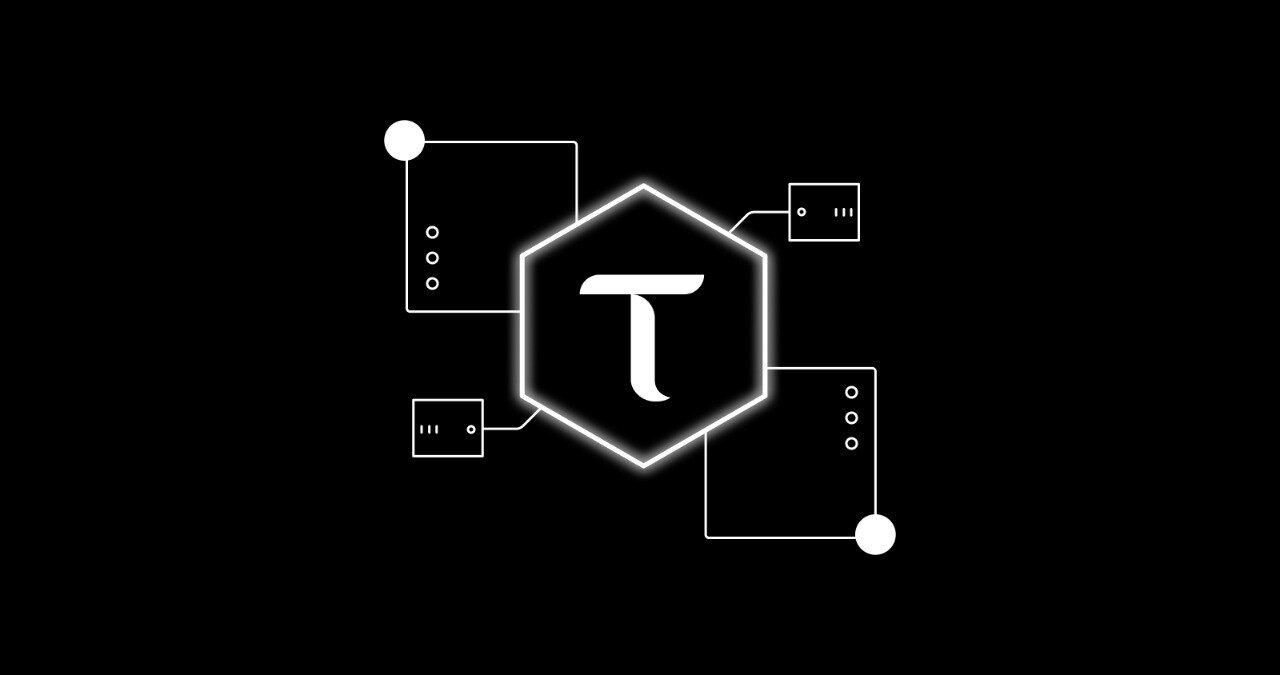Bittensor (TAO) is an innovative decentralized machine learning network that leverages blockchain technology to create an open, collaborative ecosystem for artificial intelligence (AI) development.
Unlike traditional AI models controlled by centralized entities, Bittensor enables a decentralized marketplace where machine learning models contribute knowledge and are rewarded accordingly.
This approach aims to democratize AI by ensuring that anyone can participate in training and utilizing machine learning models without relying on tech giants or closed systems.
The core concept behind Bittensor is to create a network where AI models, referred to as “neurons,” interact, share knowledge, and compete in a way that enhances their collective intelligence.
These models are rewarded with TAO, the native cryptocurrency of the network, based on their contributions. By combining blockchain and machine learning, Bittensor introduces a new way of incentivizing AI research and development while maintaining transparency and accessibility.
The Core Mechanism of Bittensor
Bittensor operates using a decentralized neural network that is maintained through a system of validators and miners. Validators are responsible for assessing the performance of AI models, while miners are the participants that contribute machine learning computations to the network.
The system is designed to be self-regulating, with validators ensuring that high-quality contributions are rewarded with TAO tokens.
Unlike traditional AI systems that rely on centralized servers, Bittensor distributes computational tasks across a decentralized network, making it more resilient and efficient. This method allows multiple AI models to collaborate and evolve organically, benefiting from the collective knowledge of all participants.
The decentralized approach also eliminates many of the biases and monopolistic control issues that exist in traditional AI research, promoting a more inclusive and competitive ecosystem.
One of the most innovative aspects of Bittensor is its ability to evaluate contributions without requiring direct access to the underlying AI models. This is achieved through cryptographic techniques that allow validators to assess the usefulness of responses provided by different models.
By ensuring that only the most valuable contributions are rewarded, Bittensor creates a natural incentive for continuous improvement and innovation within the network.
TAO Token: The Fuel of the Bittensor Network
TAO is the native cryptocurrency that powers the Bittensor ecosystem. It serves multiple purposes, including rewarding AI contributions, securing the network, and facilitating transactions within the decentralized AI marketplace.
The tokenomics of TAO are designed to incentivize long-term participation, ensuring that the network continues to grow and attract high-quality contributions.
Miners earn TAO tokens by contributing valuable machine learning computations, while validators stake TAO to participate in the evaluation process. This staking mechanism ensures that validators have a vested interest in maintaining the integrity of the network.
By using blockchain technology, Bittensor guarantees transparency and fairness in the distribution of rewards, reducing the risks associated with centralized control.
Unlike many other blockchain projects that focus primarily on financial transactions, Bittensor integrates AI development directly into its economic model. This means that TAO is not just a speculative asset but a fundamental component of a functional AI marketplace.
The value of TAO is tied to the growth and success of the Bittensor network, making it a unique and potentially valuable asset in the blockchain and AI industries.
The Benefits and Challenges of Bittensor
Bittensor offers numerous advantages over traditional AI development models. One of its primary benefits is decentralization, which ensures that no single entity has control over the network.
This approach fosters innovation by allowing a diverse range of contributors to participate, leading to more robust and unbiased AI models. The open-source nature of Bittensor also means that developers can build upon existing work, accelerating the pace of AI advancements.
Another key benefit is the incentive structure that rewards valuable contributions. Traditional AI research often struggles with funding and monetization issues, but Bittensor provides a clear economic model that compensates participants based on their impact. This makes it an attractive option for researchers, developers, and organizations looking to contribute to AI without the constraints of centralized platforms.
Despite its potential, Bittensor also faces several challenges. One of the primary concerns is scalability. As more participants join the network, ensuring efficient validation and reward distribution becomes increasingly complex. The system must continue evolving to maintain performance and fairness at a larger scale.
Security is another important consideration. While blockchain technology provides a high level of security, AI models themselves can be vulnerable to adversarial attacks. Ensuring the integrity and robustness of the models within the Bittensor ecosystem is a crucial challenge that must be addressed as the network grows.
Additionally, adoption is a significant hurdle. While Bittensor presents a revolutionary approach to AI development, gaining traction in a field dominated by well-established companies and institutions is not easy. Encouraging developers and organizations to shift from traditional AI models to a decentralized alternative requires strong community engagement and demonstrated benefits.
The Future of Bittensor and Decentralized AI
Bittensor represents a major step toward a decentralized and more equitable AI future. By removing centralized control and providing financial incentives for valuable contributions, the network has the potential to reshape the AI industry. As blockchain technology continues to evolve, decentralized AI platforms like Bittensor could become increasingly viable alternatives to traditional AI development methods.
The future of Bittensor largely depends on its ability to scale effectively while maintaining the quality and security of its network. If it can overcome these challenges, it could play a crucial role in the broader adoption of decentralized AI. The integration of machine learning with blockchain technology is still in its early stages, but projects like Bittensor demonstrate the immense potential of this combination.
Decentralized AI has significant implications beyond just improving machine learning models. It could lead to more transparent and ethical AI systems, reducing biases and increasing accessibility for developers worldwide. By fostering an open and collaborative AI environment, Bittensor is paving the way for a new era of innovation in artificial intelligence.
Blockchain technology has already transformed industries such as finance and supply chain management, and its application to AI development through projects like Bittensor could be the next major breakthrough. As the network grows and matures, its impact on the AI landscape will become clearer, potentially setting new standards for how machine learning is developed and deployed in a decentralized world.
The combination of blockchain and AI opens up a wide range of possibilities, from improved data privacy to new models of AI collaboration.
Cryptology plays a crucial role in ensuring the security and integrity of decentralized AI systems, making advancements in cryptographic techniques essential for the success of projects like Bittensor.
As interest in decentralized AI continues to rise, Bittensor stands as one of the most promising initiatives in this space. Its ability to create a self-sustaining ecosystem for AI development could lead to a more innovative, efficient, and fair AI landscape.
Whether it achieves widespread adoption or remains a niche project, Bittensor is undeniably an important experiment in the intersection of blockchain and artificial intelligence.


